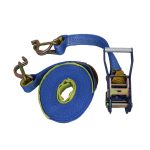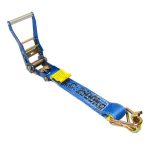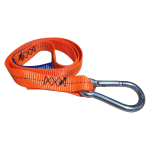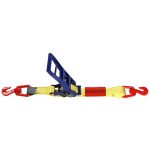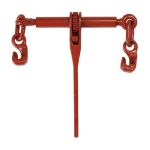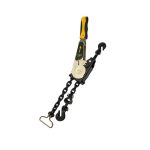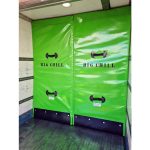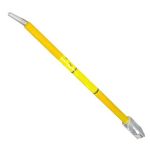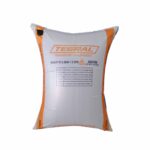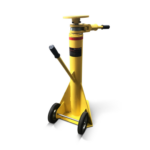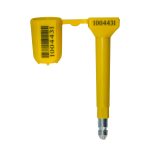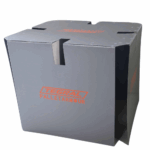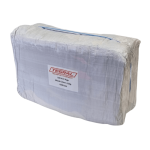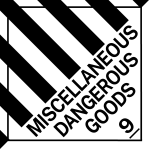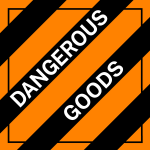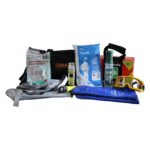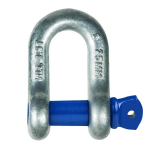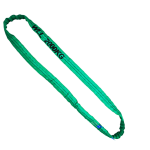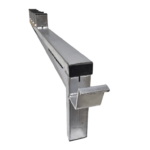The Australian Freight Industry is all around us. As you are driving along in your SUV down the highway, you are surrounded by trucks. You overtake a b-double and you might think to yourself ‘that’s a big truck’. And yes, while it is a big truck, it is just one component and the thousands of components that make up the Australian freight industry. We’ll look at some key stats and figures so you can see just how big it really is!
Freight Industry Statistics
As of 2024, according to the CSIRO, total average distance travelled by road yearly in the trucking industry is 3 million km with a total of 18,329,337 annual trailers. Total transport costs are a whopping $18 bn but nothing compared to the total freight value of $1.7 Trillion. Industry revenue is currently sitting at $65.1bn, with wages costing $18bn (CSIRO 2024). Below are some more key stats:

Biggest Freight Companies in Australia
In terms of market share, there is no company that has over 5% in market share, with Toll owning 4.5% market share, Linfox with 1%. The remaining 94% is made up by thousands of other companies. Toll’s 4.% still makes up $2.9bn of industry revenue (IBIS World Pty Ltd 2024).
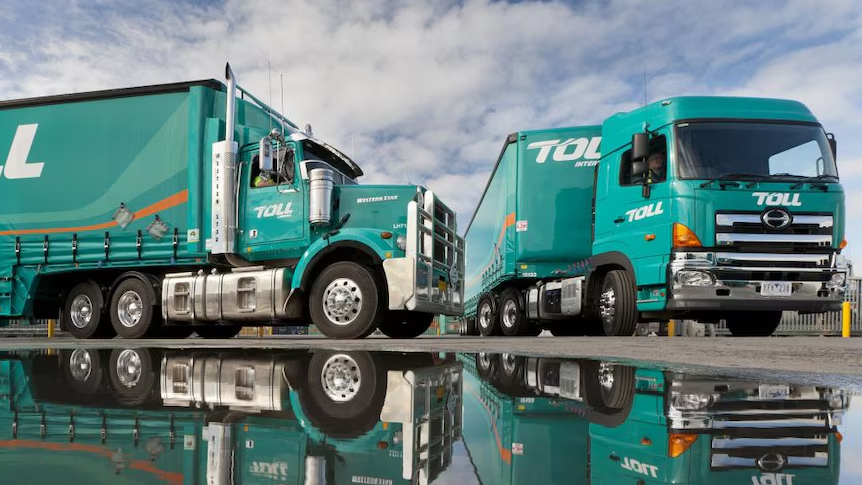
Key Trends in Australian Freight Industry
- According to the IBIS Report, growth in the Australian Population and the increase of the online shopping game will expand domestic freight task in the next few years.
- Unpredictable pricing of crude oil impacting operations and lowering margins.
- Despite setbacks ‘road freight is projected to grow by 77 per cent between 2020 and 2050’ (NFDH 2024).
- Congestion in major cities limiting productivity. This may cause a boost in competition from the rail freight network (IBIS World Pty Ltd 2024).
The Australian freight industry is vast and ever-evolving, playing a critical role in supporting the nation’s economy. With billions of dollars in revenue, millions of kilometres travelled, and a freight value in the trillions, the trucking industry is the backbone of Australia’s supply chain. Despite challenges such as fluctuating fuel prices and congestion in urban areas, the sector is set to continue its growth, driven by population expansion and the surge in online shopping. As the industry adapts to these trends, it remains a dynamic and vital component of Australia’s economic landscape.
You May Also Be Interested In:
Load Restraint Best Practices: Industry-Specific Tips for Safety and Compliance
4 Fuel Efficiency Tips for Truck Drivers: Save Money, Boost Profits
How to Enhance your Supply Chain Management: Transport Companies




